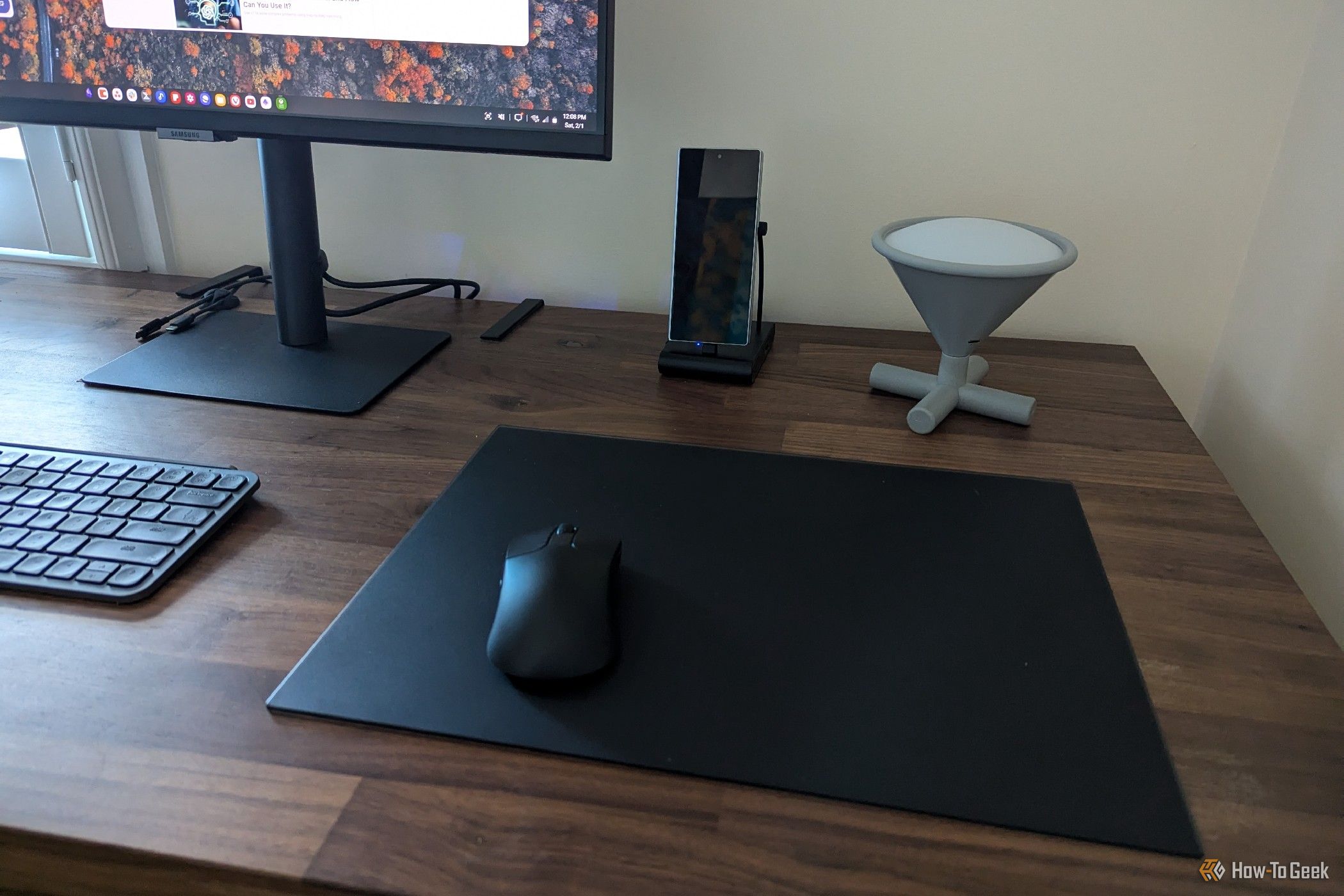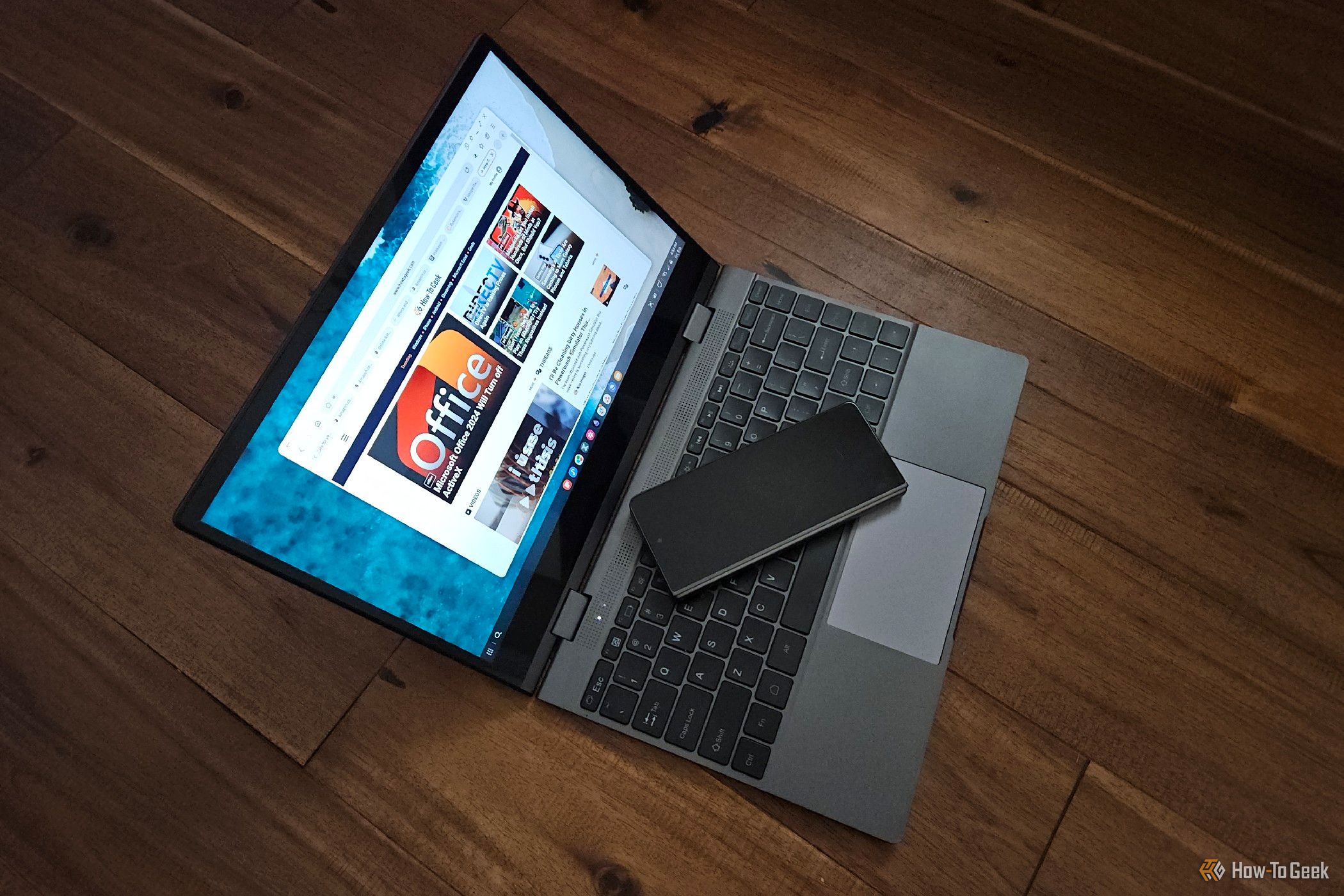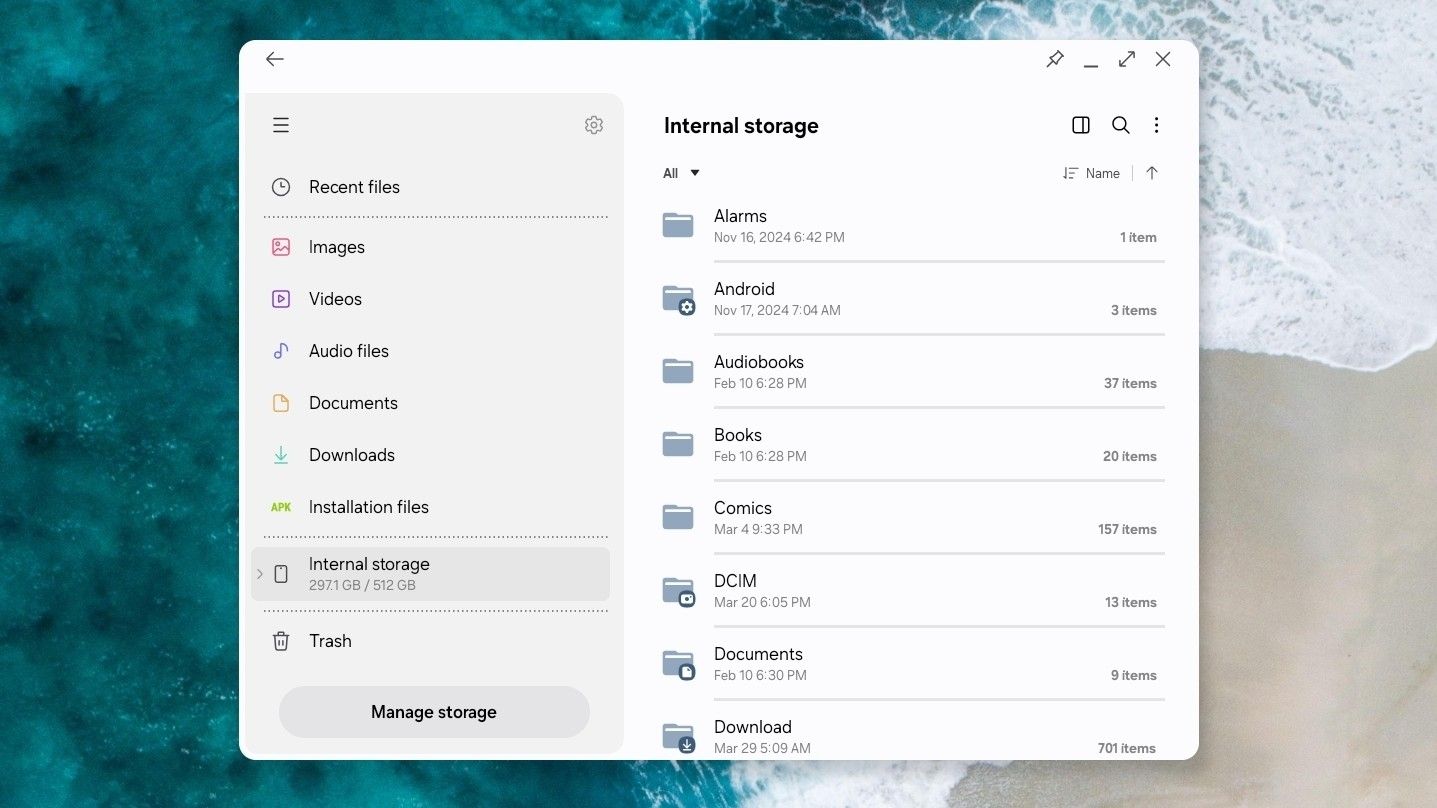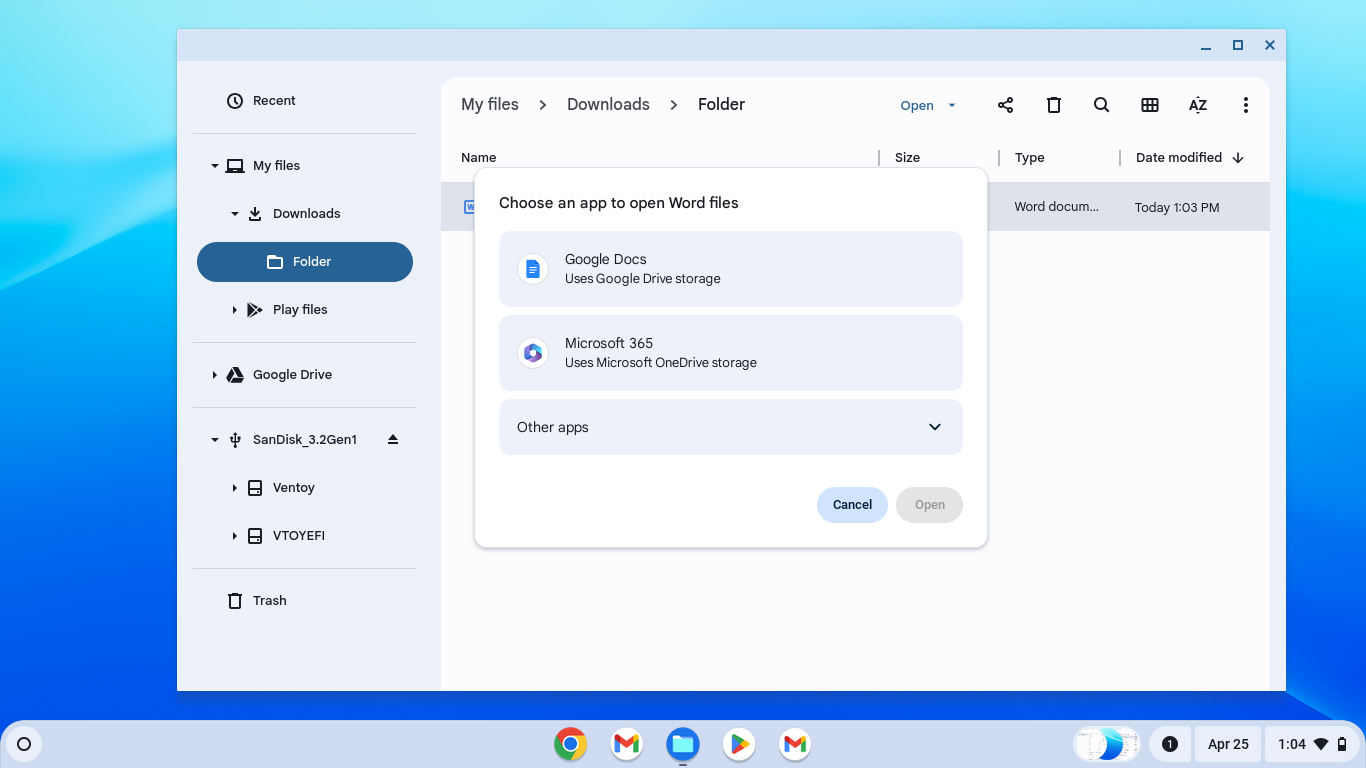If you mention using Samsung DeX on a lapdock, you can bet someone will tell you that the latter purchase is a waste. You can get a Chromebook for that money! Thing is, there are things a lapdock and DeX can do that a Chromebook cannot.
Are there advantages to buying a traditional laptop? Sure. Yet it still fundamentally cannot offer the flexibility and versatility of a phone and lapdock combo.
1
Why Buy a Second Computer?
Many people carrying around a Galaxy S device already have enough compute power, RAM, and storage in their pocket to do most, if not all, of their computing. Many don’t need to buy more chips. They just need a keyboard and monitor, which is what a lapdock provides.
DeX-capable phones have more than enough processing power to handle the performance demands of running a desktop. My lapdock’s screen may be larger than my phone’s, but the 1080p resolution is actually smaller. The phone opens the same apps it normally does, only on a lower-resolution display. This means it runs every bit as fast as it does in my hand.
When connected via a cable, the experience is as buttery-smooth as using a high-end phone is in general, albeit with just a slower refresh rate. On phones with the latest chips, connecting wirelessly to a lapdock isn’t much worse.
If you have a USB-C dock and a monitor, along with a Bluetooth keyboard and mouse, you can turn your phone into a desktop PC as well. Then you’d have a phone, laptop, and desktop without having to pay for three separate computers with varying specs and internal storage that you need to move files between.
2
A Dex-Capable Phone Outperforms a $400 Chromebook
A lapdock tends to cost in the ballpark of $400. Chromebooks in that price range do not provide the same kind of experience I’ve just described. A quick visit to Amazon shows me options like the Lenovo IdeaPad Slim 3 with a MediaTek Kompanio 520 processor, 4GB of RAM, and 64GB of cheap eMMC storage. It’s available for $330 ($260 after applying a coupon), but it’s also a significantly less powerful machine.
Chromebooks are often on sale, so I could get the ASUS Chromebook Plus CX3402 from Best Buy instead for $350 (down from $500). With an Intel Core i5-1335U, that’d get me a little more processing power than my phone’s Snapdragon 8 Gen 3, but I’d still be trading 12GB of RAM for 8GB and 512GB of internal storage for 128GB. Plus, given the increased overhead of running a desktop OS instead of a mobile one, the end experience may still actually feel slower.
My lapdock can fold back into a tablet, so the most accurate comparison is a 2-in-1. Something like Lenovo’s IdeaPad Duet 5 available for $330 (down from $500) is closer to the mark. Yet those specs—Snapdragon 7cG2, 8GB RAM, and 128GB eMMC—are even easier to see as inferior. Just look at a comparison on CPU-Monkey between the Snapdragon 8 Gen 3 and the Snapdragon 7cG2. If you’ve bought a phone with Qualcomm’s Snapdragon 8 Elite chip, then the gap in performance is even larger!
If I want a comparable experience from a Chromebook, I need to look at an option like the Asus Chromebook Spin 14—but by then I’m spending closer to $600, which is a couple hundred dollars more than most lapdocks, and I’m still walking away with less RAM and storage than what’s in my phone. That savings is enough to buy a keyboard, mouse, a cheap monitor, and a dock to turn my phone into a desktop PC as well!
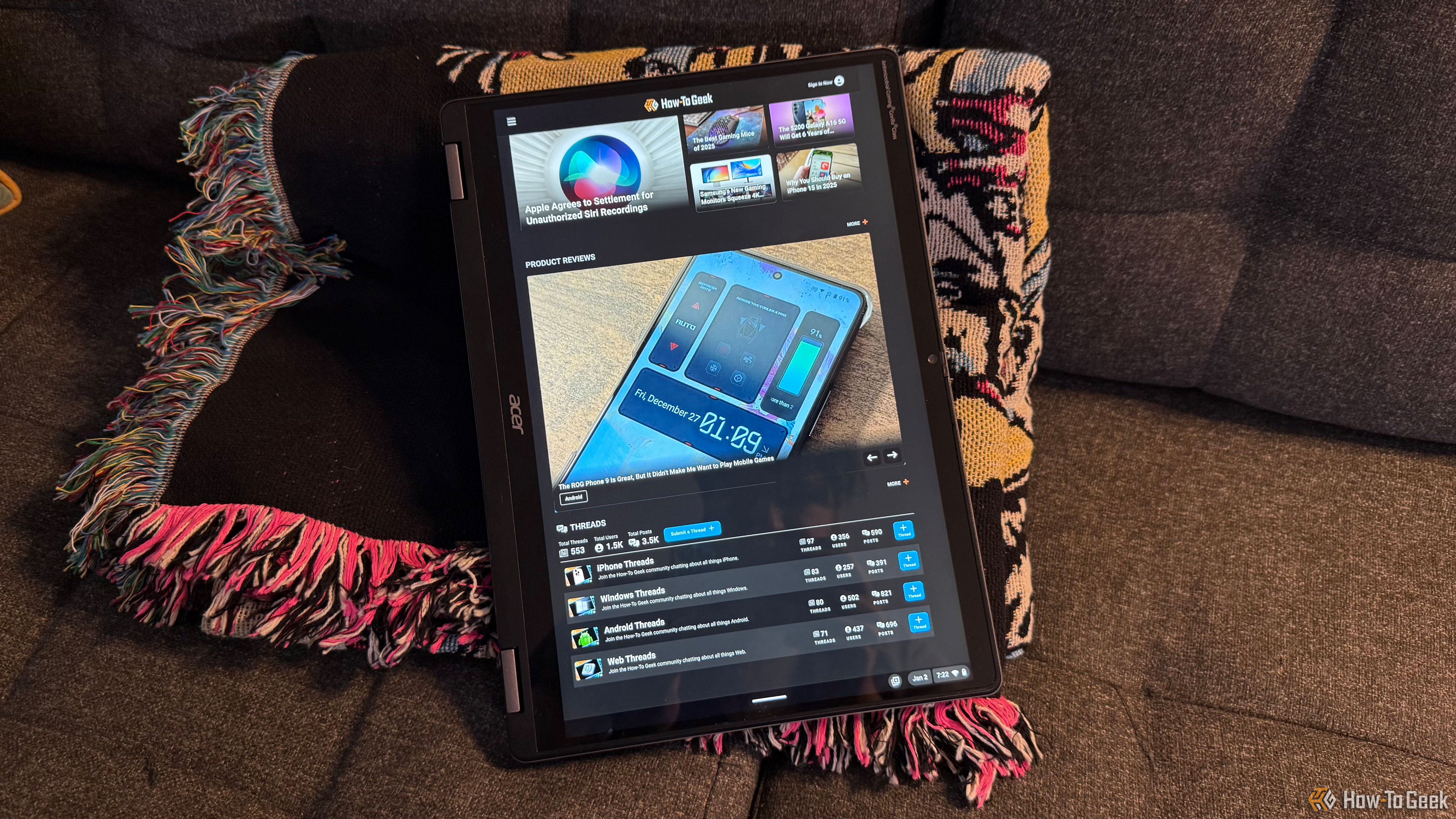
Related
Acer Chromebook Plus Spin 514 Review: A Value-For-Money 2-in-1 Laptop
Excellent 2-in-1 execution with a hearty side of shortcomings.
3
A Lapdock Improves Every Time You Upgrade Your Phone
I’ve owned my UPERFECT UMobile X 13 Pro lapdock for over a year now. In that time, I’ve changed phones a few times (far more rapidly than I usually do) as I figured out this whole phone-as-a-PC thing. I’ve gone from the Moto Edge+ 2023 to a Galaxy Z Fold 5 to a Galaxy Z Fold 6. I bought all of these open box or used, where foldable phones aren’t as pricey as you might think, and sold other tech I was willing to exchange to make this happen.
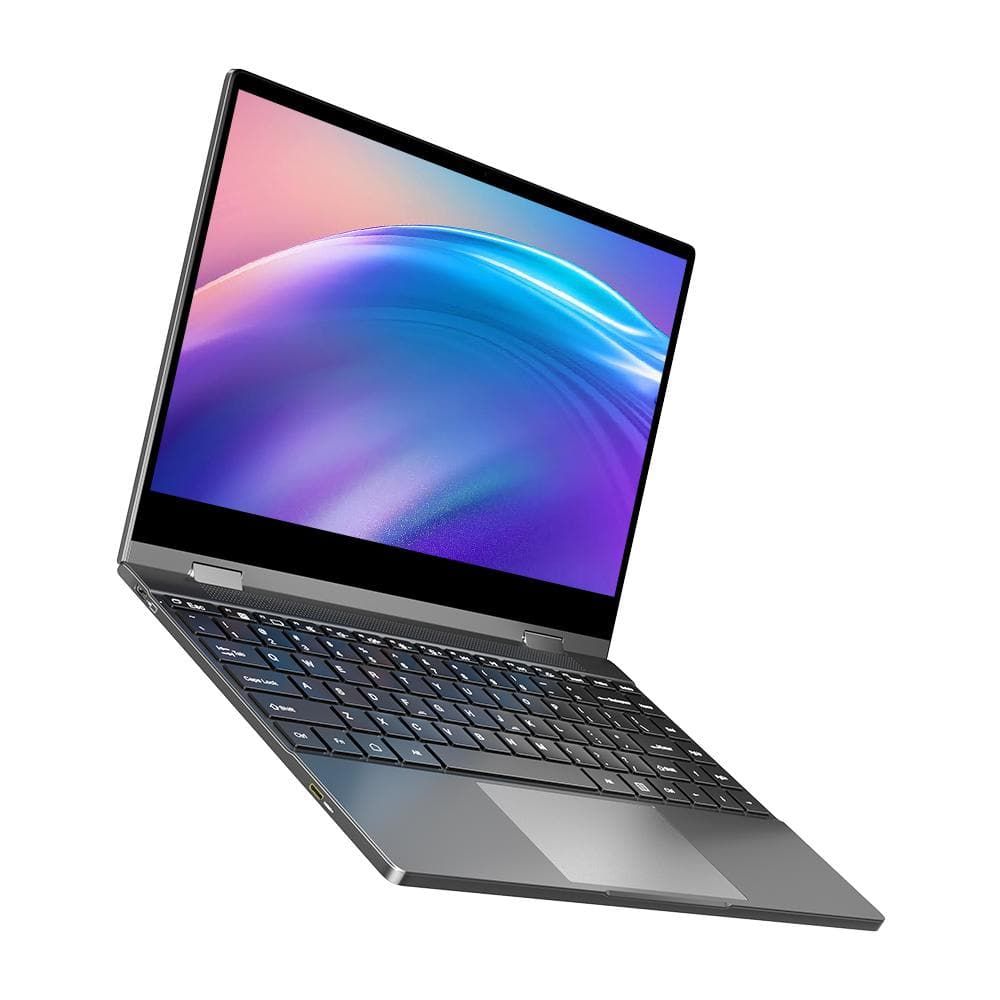
UPERFECT UDock X 13.3
The UPERFECT UDock X 13.3 is a lapdock designed to run mobile desktop modes like Samsung DeX when connected wirelessly or via a cable to a compatible phone. The UDock X is a 2-in-1 capable of folding backward into a tablet or standing up in tent mode. The built-in battery can lso supply power to a connected device.
In going from Moto Edge+ 2023 to the Galaxy Z Fold 5, I found Samsung DeX to be a more mature, feature-complete desktop than what Motorola offers. In going from the Z Fold 5 to the Z Fold 6, I felt the noticeable improvements of the Snapdragon Gen 3 over the Gen 2 when plugged into a 4K monitor. I was more surprised to see that the wireless connection to my lapdock is now reliable to the point where I default to it over using a cable.
4
DeX Is Much Better at Managing Local Files
Samsung My Files is a remarkably competent file manager. I have a fully fleshed-out home folder, and it’s easy to move files around—in some ways easier than the desktop file managers I was accustomed to, thanks to its intuitive use of contextual pop-ups and the way it sorts recently used files. Unlike ChromeOS, it also shows how much storage space is in use on each drive in the sidebar.
The file manager on a Chromebook is functional, but it’s obvious Google isn’t that interested in having you manage files locally and wants you to save your files on Google Drive instead. The file manager is “good enough,” just like the amount of storage that comes on most Chromebooks. Except, for my uses, 64–128GB just isn’t enough. That said, 512GB Chromebooks are a thing, funny as that sounds.
5
A Lapdock Can Connect to Other Devices, Like Gaming Handhelds
A lapdock isn’t merely a laptop replacement. It isn’t even merely a 2-in-1 replacement either. It is, at its core, a portable monitor with a keyboard attached. That means it can be used for anything a portable monitor can. It can connect to a gaming handheld like the Nintendo Switch or a Steam Deck. It can serve as a second screen for a laptop. I can plug in a mini PC. I could plug a PlayStation 5 into this thing if I wanted to.
The wireless functionality takes the possibilities further. It means I can set the lapdock in tent mode, start streaming YouTube, and control the video from my phone from a distance without having to walk over. That’s the kind of thing that’s helpful when trying to watch something while in the kitchen.

Related
6
A Lapdock Lasts Much Longer Than a Chromebook
A Chromebook has a limited shelf life. There comes a time when Google stops supporting the device, and then it becomes e-waste. You might be able to salvage it by installing Linux, but that option can’t be taken for granted.
A laptop still functions the way it always did, as long as the battery inside still works and the hardware hasn’t broken. Will I still want to use the same 1080p display in over five years? Maybe not for all things, but it can still have versatility for others. A lapdock is more like a PC monitor, which we typically replace when we’re good and ready, not because they’ve stopped receiving updates.
For a lot of people, a Chromebook is the more logical choice. It’s a more familiar device that does what they expect, and there is less to finick around with when it comes to the hardware.
But a Chromebook and a lapdock with DeX are fundamentally different things. I really value the flexibility that a phone paired with many different types of accessories can provide.



